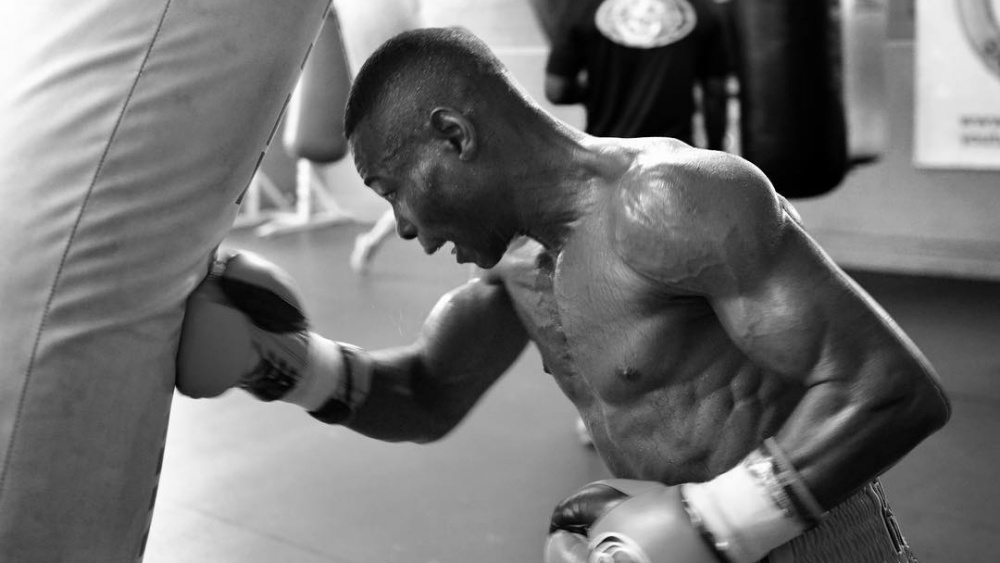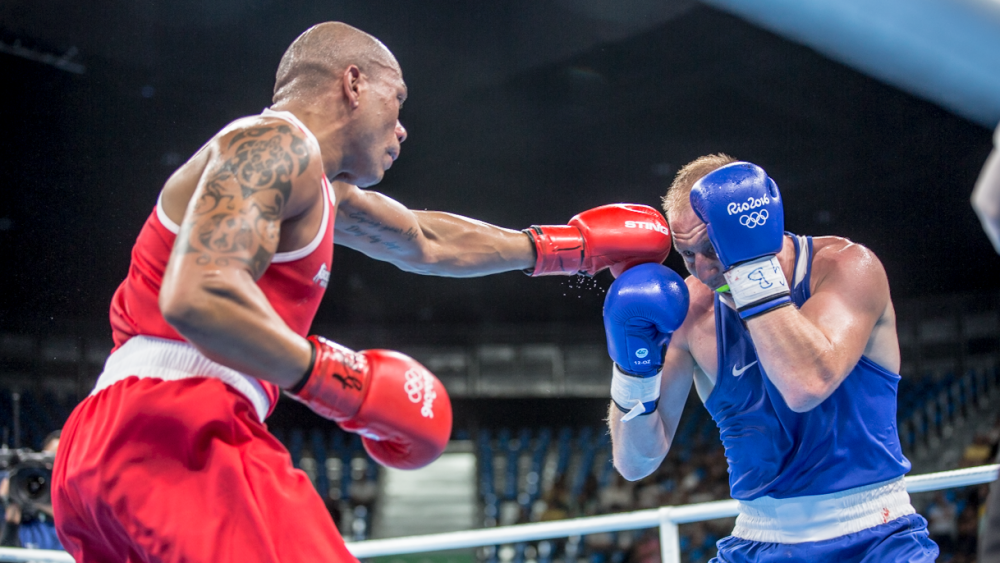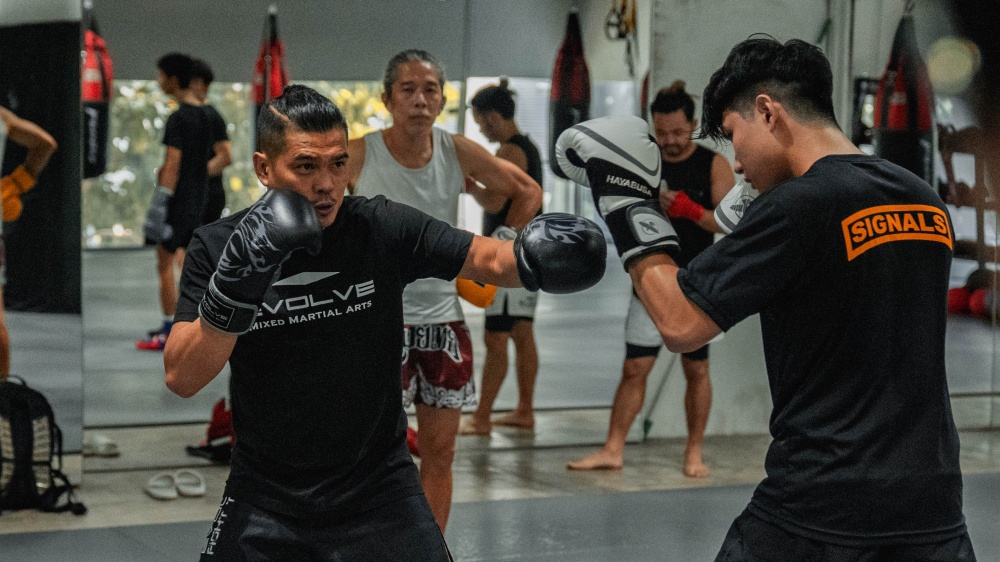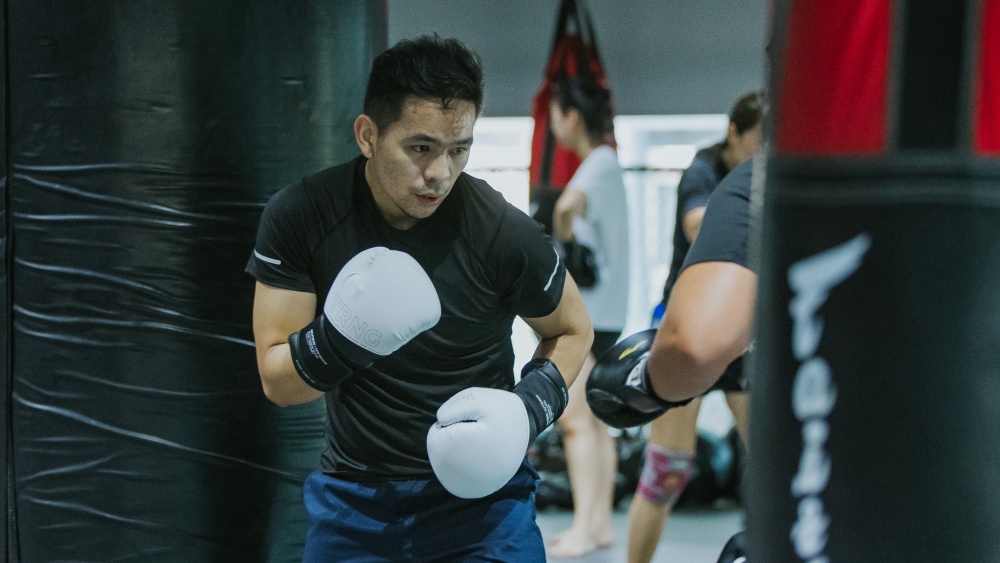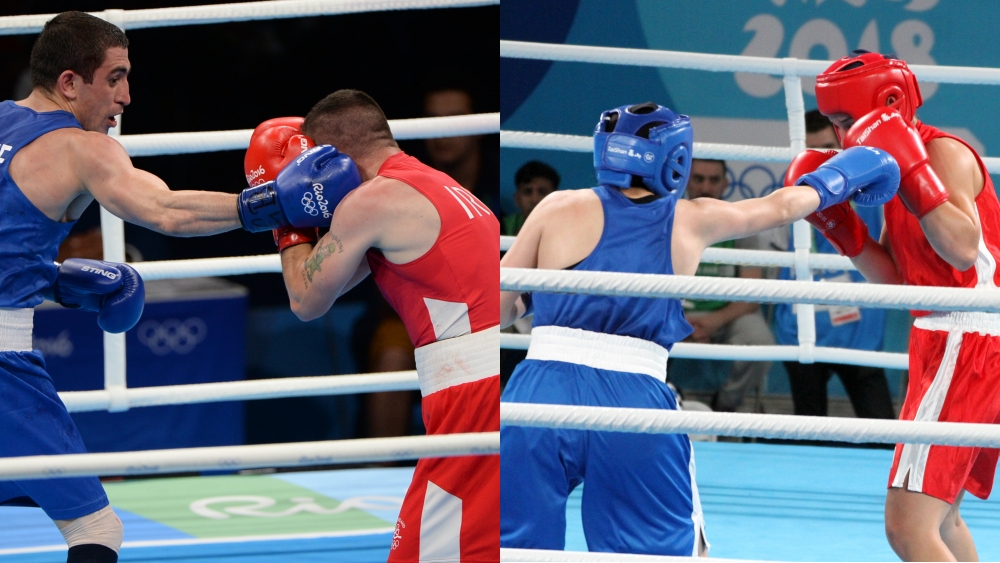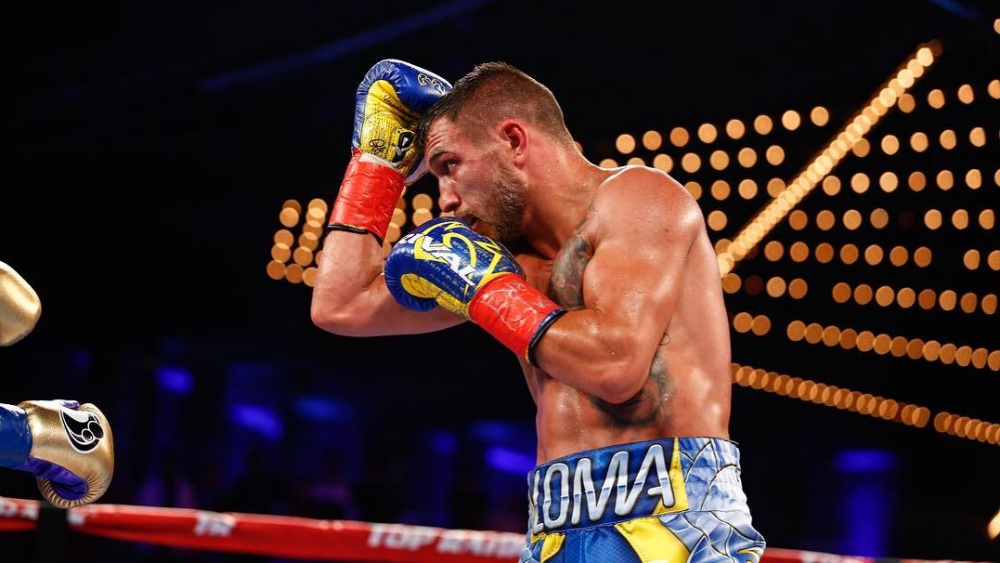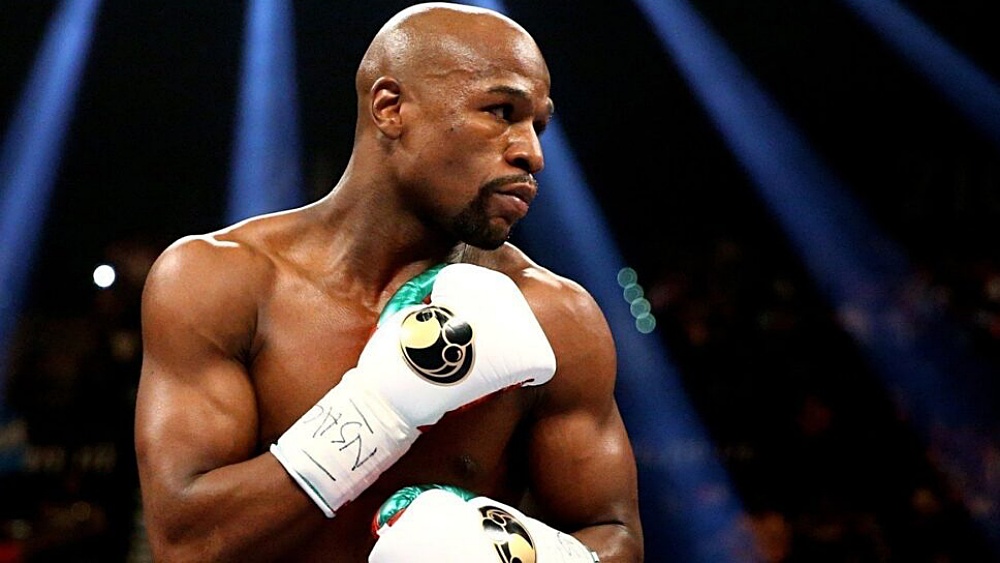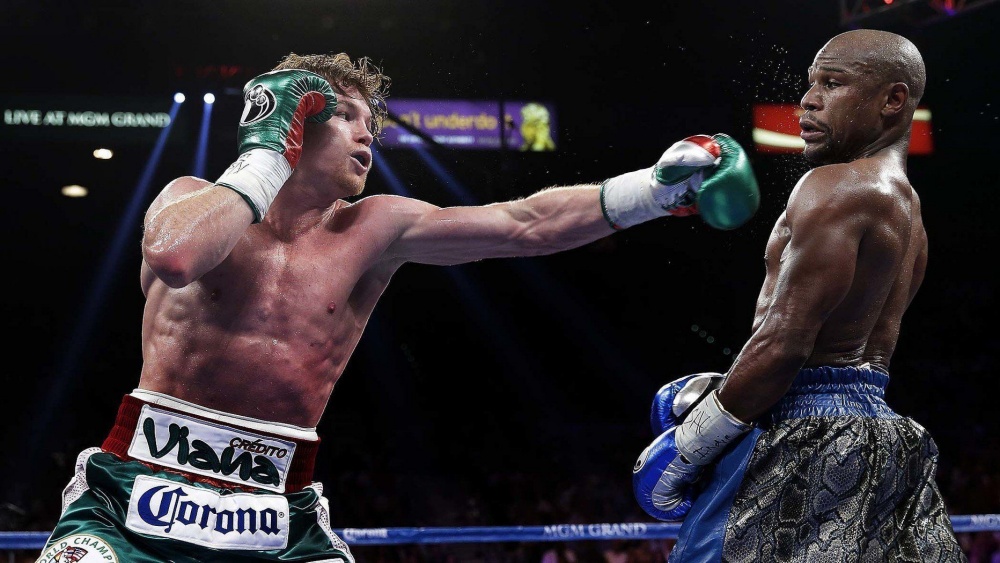Despite being a small island nation with only 11 million inhabitants, Cubans have made a permanent mark on the sport of boxing. They are known globally as the kings of amateur boxing as Cuban fighters regularly dominate events like the Olympics.
Cubans have also had their share of success on the professional level, with many of them using a fighting style now called the “Cuban Boxing Style.”
The History Behind The Cuban Boxing Style
Politics has a lot to do with how successful Cubans have been in boxing. The first boxing club in Cuba was established in 1910, and the country already had several world champions before the revolution. Champions like Jose Napoles and Gerado Gonzales paved the way for the future boxers that would come out of Cuba.
It should be noted that the early Cuban champions didn’t use the Cuban boxing style that is now recognized worldwide. Many of the early Cuban boxers used more aggressive tactics than the boxers that followed behind them.
Cuban boxing faced one of its biggest challenges when the leader of the revolutionary government, the late Fidel Castro, banned professional boxing along with many other sports citing corruption. Castro wanted sports to be about fighting for their nation, not money.
The Soviet Union helped Cuba to nationalize their sports industry by sending experienced trainer Andrei Chervonenko to help with this goal.
Sports eventually became a national priority of the government, and significant efforts were made to develop young athletes by creating competitive boxing programs in schools. This allowed the government to identify young talent early on and develop them into champions.
A national policy by the revolutionary government led to a standardized uniform teaching system for sports like boxing all over Cuba. Unlike other nations, where every coach is free to have their unique training methods, the Cuban boxing system introduced a step-by-step training method that goes over all the fundamentals of boxing in an exact order. The results of this standardized system were apparent a few years after being implemented. Cuba won its first Olympic medals in 1968, and many more have followed since then.
Cuban boxers have won a total of 73 medals at the Olympic Games, with 37 of them being gold medals. This accomplishment is even more impressive because Cuba boycotted the 1984 and 1988 Olympics for political reasons. There’s no question about it; Cuba’s standardized boxing training methods have paid huge dividends.
Understanding The Cuban Boxing Style
https://www.youtube.com/watch?v=34lqUrEOz-A
The Cuban boxing style focuses on tactics, precision, and movement instead of power. It is a graceful boxing style that prioritizes solid boxing fundamentals. That doesn’t mean all Cuban boxers fight the same way.
Cuban boxers, like everyone else, incorporate their personal style into their boxing, but their fundamentals are typically top-notch compared to boxers from other countries. It isn’t that rare to find top-level boxers from other countries to have glaring holes in their fundamentals, even at the championship level. Deonte Wilder is an excellent example of this reality. Wilder would be a better-rounded boxer if he were trained in the more disciplined Cuban style.
The Cuban boxing system uses a strict program that teaches all the fundamentals like defense, movement, and proper punching technique. Cuban boxers must hone these skills before finding a boxing style that matches their mentality and body type.
Some of the other concepts that make up the Cuban boxing style include:
- Footwork is an essential part of boxing.
- Defense should be prioritized over offense.
- Boxers should have strong, pawing jabs.
- Always look to evade punches after hitting an opponent.
We’ll take a closer look at these things in the following sections:
Boxing’s rules limit fighters to only using their fists as weapons, making it more challenging to open up opponents for your strikes. This makes footwork more critical in boxing compared to other striking-based martial arts. The Cuban boxing style stresses the importance of movement, footwork, and angles, which increases the ability of boxers trained under the system to find openings in their opponent’s attacks.
It’s rare to find a Cuban boxer who struggles with footwork. Circular motion, the pendulum step, and punching while moving are staples of Cuban footwork. Cuban boxers drill footwork patterns relentlessly until it becomes part of their muscle memory. If you want to improve your footwork as a boxer, get some cones, watch some videos on Cuban footwork, and drill relentlessly.
Defense First
Talk to most respected boxing trainers, and they’ll tell you the sweet science is about hitting and not getting hit. While modern boxing on the big stage values knockouts, Cuban boxers prioritize defense over offense.
Cuban boxers tend to be challenging to hit, thanks to their high guards, evasive capabilities, and active footwork. Floyd Mayweather used many of the defensive philosophies the Cuban boxing style imparts during his career, making it extremely difficult for opponents to land clean shots on him. He combined those concepts with the Philly shell to create an extremely effective defensive fighting style.
Cuban boxers also tend to throw fewer looping punches since this can leave you open to counterattacks. Cuban boxers rely primarily on the basic jab-cross combination, since it’s the safest attack to use. They typically only open up their entire arsenal of punches when their opponent is outmatched, tired, or hurt. Of course, this leads to a less entertaining style of boxing some casual fans might call boring.
Counterattack
The Cuban boxing style emphasizes counterattacks over outright offense. The style teaches boxers to use their footwork to put themselves in positions to counter their opponent’s assault.
Pawing Jab
The Cuban style teaches boxers to use their jabs to measure distance and obstruct their opponent’s view. A pawing jab is thrown by extending your lead arm instead of firing off a traditional jab. You won’t hurt your opponent with a pawing jab, but you can keep their lead arm busy with it and use it to set up better foot position. Mix in some power jabs with your pawing jab to keep your opponents on their toes.
You may also like:
